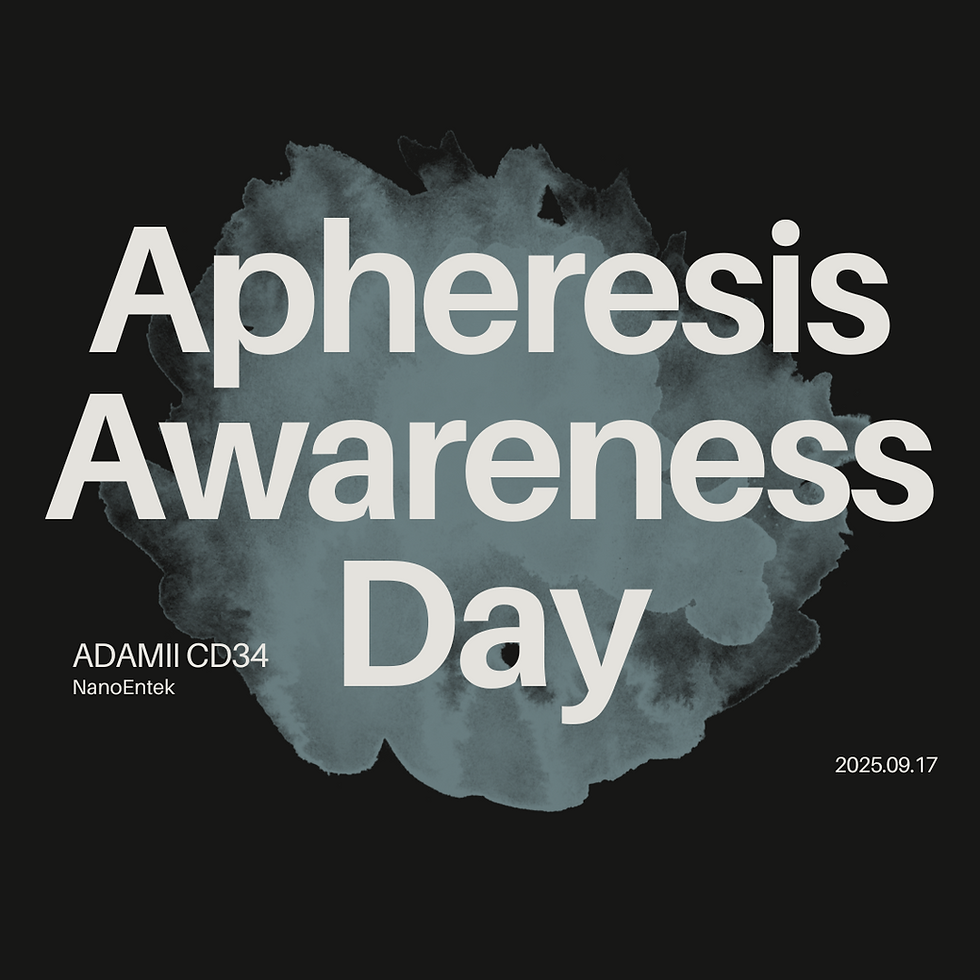Charles Richard Drew: Pioneer of Blood Transfusions and Equality
- NanoEntek

- Jun 5, 2023
- 2 min read
"Father of the Blood Bank"
June 3, 1904 - April 1, 1950

Charles Richard Drew's Contribution on Blood Quality Control
An African American physician, surgeon, and medical researcher. He is known for his contributions to the field of blood transfusions and the establishment of blood banks.
In the 1940s, Drew was appointed to head the Blood for Britain Project (BFB), which aimed to transport blood and plasma to Great Britain during World War II. His expertise in collecting, processing and storing blood led to a collaboration with Scudder and E. H. L. Corwin to develop safe procedures for robust plasma production.

Charles Richard Drew's Research Established the Fundamental of Blood Transfusion
Drew and his team used complex procedures like centrifugation and sedimentation to extract plasma and inhibit bacterial growth in the samples. They also used Merthiolate to make the blood product anti-bacterial and added sterile saline solution to dilute it. Finally, each batch was transferred to a shipping container, sealed and packed by ensuring the samples were free from contamination. After successful safety checks, the first trial shipment of plasma was sent to England in August 1940 and was confirmed to be entirely satisfactory for the blood transfusion.

Drew's research and work helped to develop techniques in blood storage and transfusion that are still used today. Some of his techniques are still currently used during the blood quality control process. He will be remembered for his contribution in organizing the first large-scale blood bank in the United States and served as its director. He has worked hard to ensure that the blood was not contaminated with any bacterial growth, and his work has led to effective blood donation and storage procedures that have saved countless lives over the years.
Reference
“Charles Richard Drew.” American Chemical Society, www.acs.org/education/whatischemistry/african-americans-in-sciences/charles-richard-drew.html. Accessed 5 June 2023.
“What Happens to Donated Blood.” | Red Cross Blood Services, www.redcrossblood.org/donate-blood/blood-donation-process/what-happens-to-donated-blood.html?adobe_mc=MCMID%3D92056986523396446370212862175654923106%7CMCORGID%3D723A22C757518E2C7F000101%2540AdobeOrg%7CTS%3D1685944838. Accessed 5 June 2023.
[ADAM rWBC2]
Residual Leukocyte Counter
[ADAM rWBC HT]
Residual White Blood Cell Counter







Comments